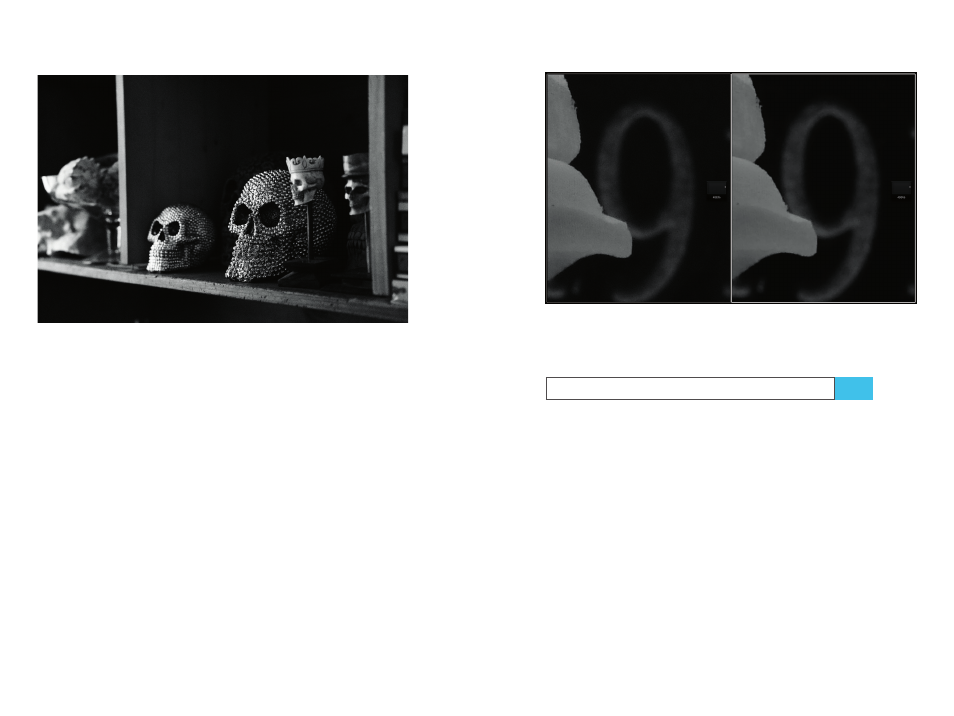Fuji-x-pro2_146-147 – FujiFilm X-Pro2 User Manual
Page 32

146
Using the Fujifilm X-Pro2
White Balance and JPEG Parameters
147
Fig. 53:
Even at ISO 25600, the noise shaping of the X-Pro2’s new
ACROS film simulation delivers a natural-looking result with high
resolution and fine details
The best way to learn about film simulations is to use and
compare the different options. The easiest way to do so is
with the camera’s internal RAW converter. Take the RAW file
of a shot and process it with all available film simulations,
then import the JPEGs into your computer and compare
them on your monitor.
Fig. 54:
ACROS offers ISO-dependent
analog film grain simu-
lation based on innovative noise shaping. Even at base-ISO 200,
there’s already a subtle difference between ACROS (left image)
and the regular MONOCHROME film simulation (right image).
Using the
Grain Effect
Fujifilm is all about great film simulations with an organic
look, so adding “analog film grain” to a digital image can be
useful to achieve a more natural look with enhanced micro
contrast.
The X-Pro2’s JPEG engine offers two GRAIN EFFECT
options: WEAK and STRONG. Unlike ACROS, these options
don’t transform noise into analog-looking film grain; they
simply add a layer of randomized, simulated film grain to
the image. It’s an ISO-independent add-on effect that can
be used with all film simulations.
For this reason, I do not recommend using GRAIN EFFECT
in concert with the ACROS film simulations—it would mix
the different grain effects. After all, ACROS already brings
its own ISO-dependent grain to the table.
TIP 87
